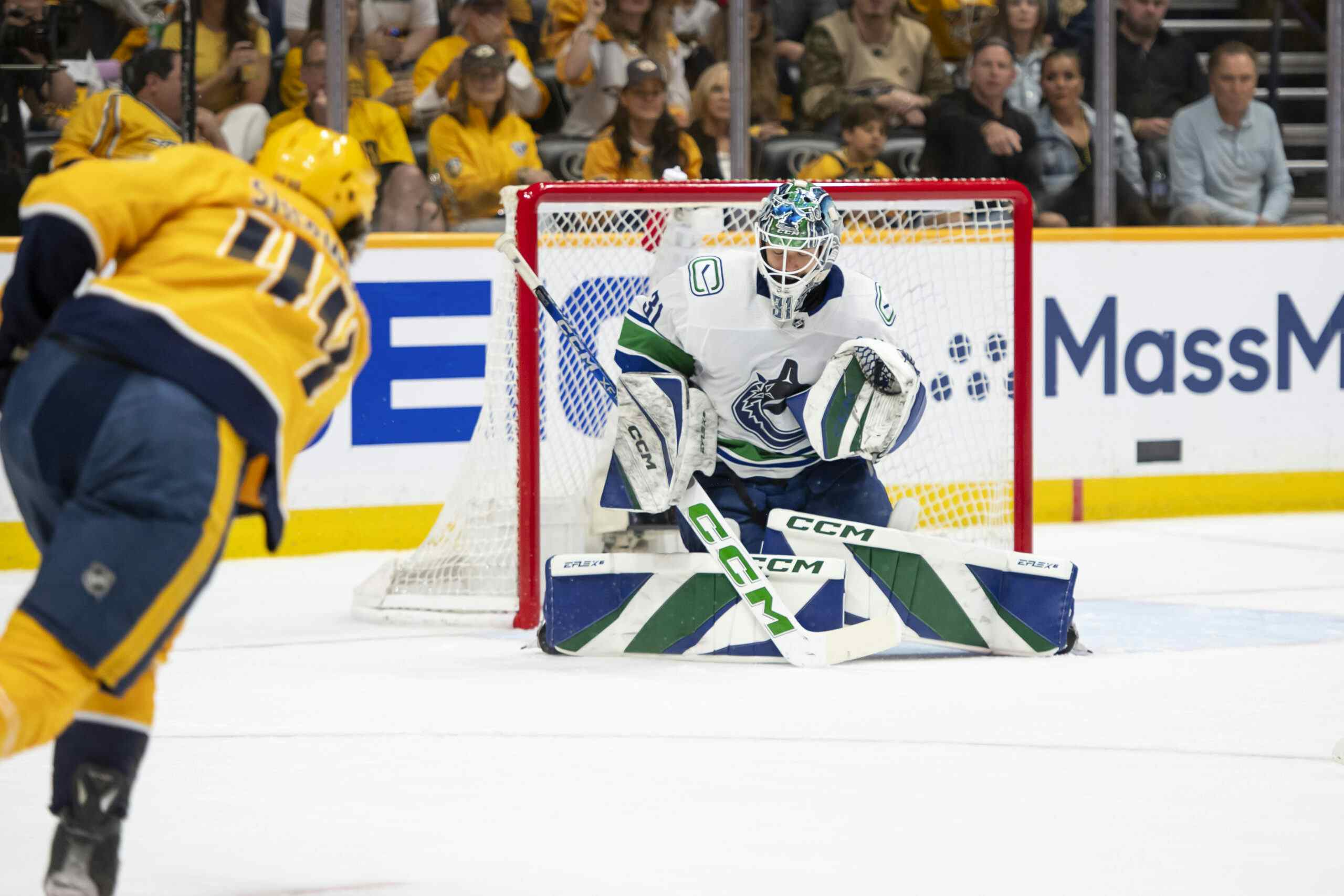Jannik Hansen teaches us how we see what we want to believe

So what did Jannik Hansen do?
What did you see?
And are you being rational?
Thoughts about cognitive bias and our reaction to controversial events, after the jump.
"We see what we want to believe"
Cops and lawyers will tell you there’s nothing worse than an eyewitness. Ask eleven different people about what they saw, and everyone will tell you about something different. You may develop an approximation of what happened from these 11 different inputs, but there’s going to be something missing. Or emotional stuff added in.
Most of this you aren’t even away of.
So what actually happened?
The puck was in the air. Two players lunged towards it. One player struck the other in the back of the head.
That’s what we know.
But we all saw something different and we all reacted in a different way.
So what do we think of Jannik Hansen?
Is there any denying he struck Marian Hossa in the back of the head? No. There’s no arguing that.
But it was amazing to watch Twitter explode last night.
Canucks fans were incredulous that Hansen, he of the 127 PIM in 286 career games, could possibly be accused of doing anything horrible. He plays for the Canucks, and they are awesome.
Hawks fans were hardly that Hansen, he of the 127 PIM in 286 career games, could possibly have knocked out Marian Hossa with a smashing, dirty, filthy blow to the head. He plays for the Canucks, and they are horrible.

As ever, the NHL’s reaction is impossible to gauge. The league has an obsession with intentions and results, as opposed to acts. Last year, Duncan Keith saw a suspension for knocking out Daniel Sedin in a horribly reckless – and apparently intentional – play. The intention was what was ruled on as much as anything.
So how do you rule on the intention here? What Hansen did was clearly reckless, but what was he trying to do?
This is a team that has earned a reputation, right or wrong, of playing in the grey area. The dirty label has been applied to the entire group, even if it really should be limited to three or four players. An outside observer would have a hard time including Jannik Hansen in that group.
We judge situations based on what we bring to the table. That’s why lawyers are always hesitant to put eyewitnesses on the stand. That’s why journalists look for more than just one source when reporting a story. We all bring our own cognitive biases to the table; we want to push away things we don’t like.
Did Jannik Hansen do something bad – yes. Did he intend to do that – unclear. Can we seperate ourselves from the colours we wear while watching the game – oh boy.
Is your team innocent? Absolutely not.
Recent articles from Patrick Johnston





